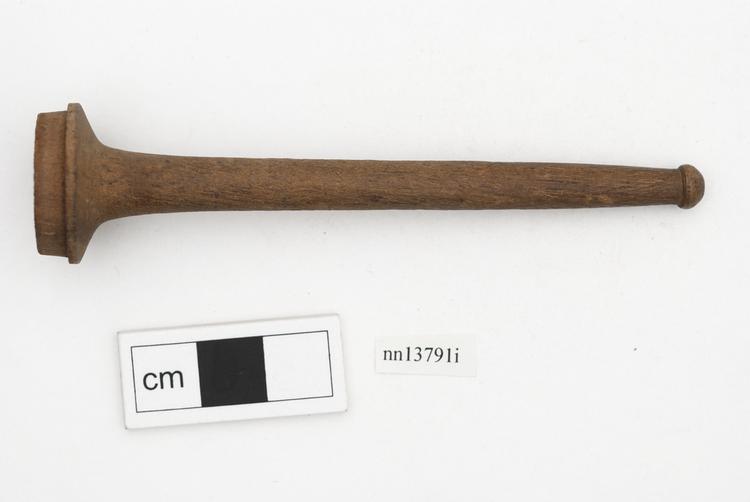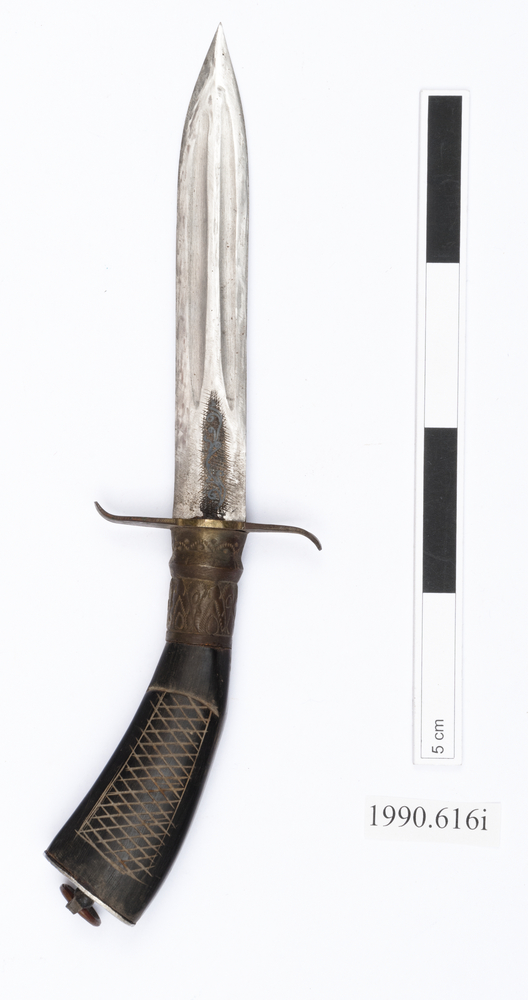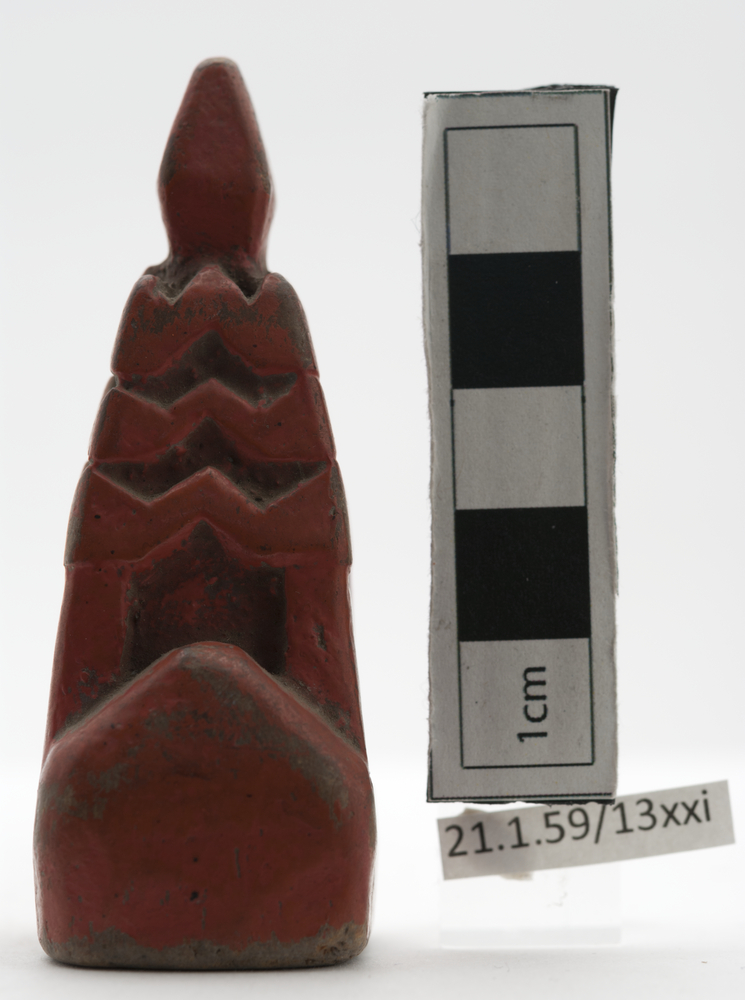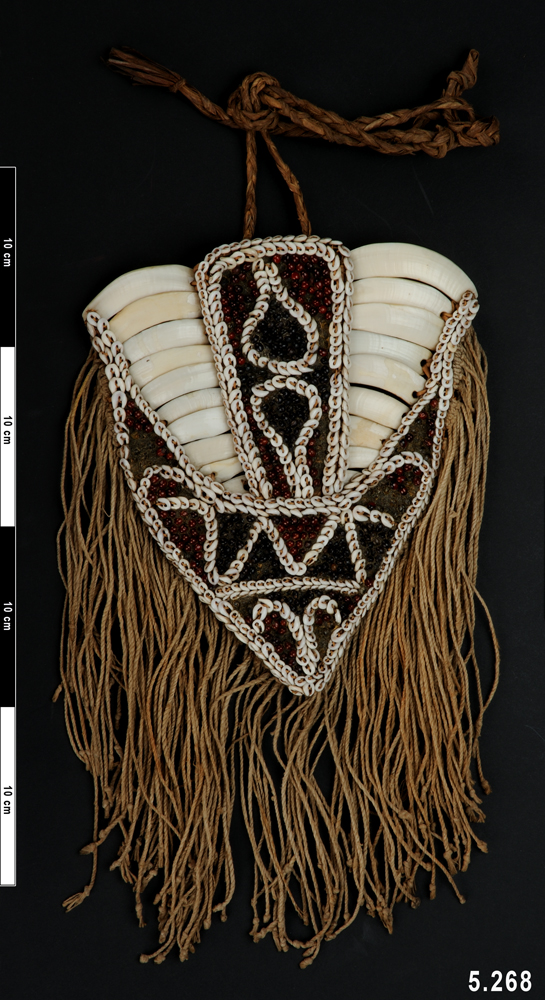
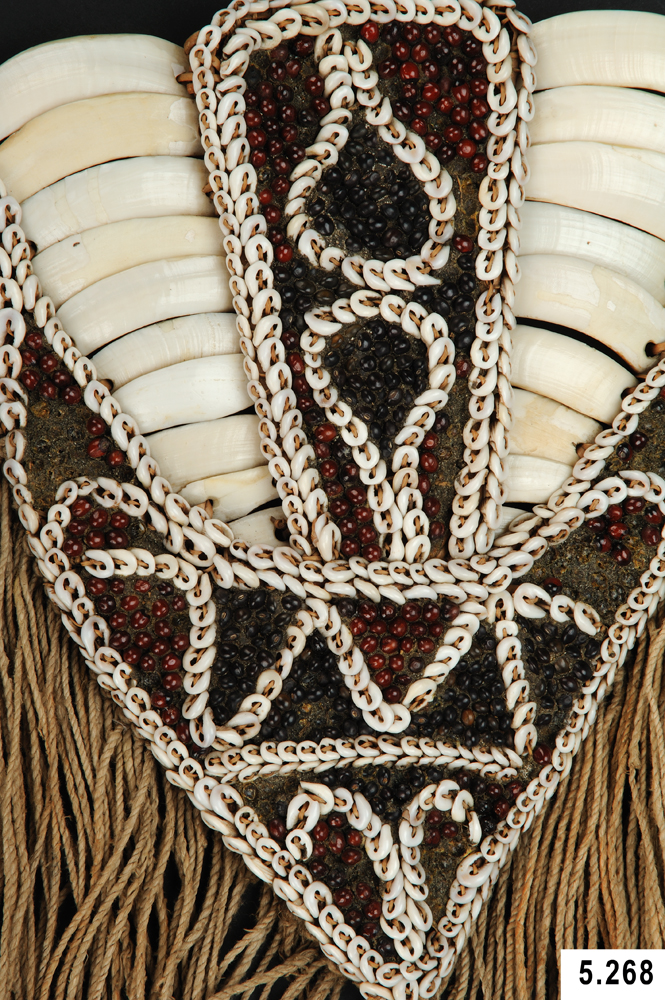
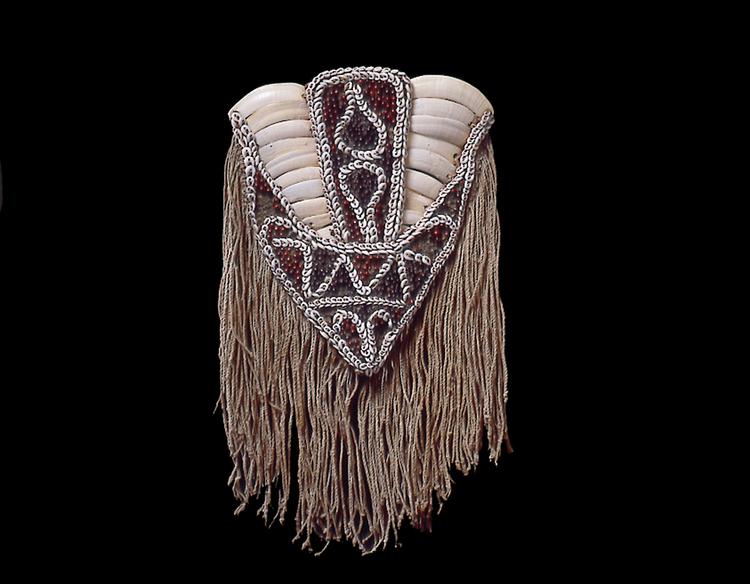
Breast ornament from the northeastern coast of West Papua, which would have been worn strung around the neck by a chiefly individual. It is composed of boar’s tusks attached to a framework of split bamboo strips, which is fringed with nassa shells (little cowries that have been ground down flat).
The overlaid central disk is composed of dark red Rosary Pea seeds (Abrus precatorius) set into a glue-like paste made from the mashed nuts of the ‘putty-nut’ (Parinarium laurinum).
Boar’s Tusk Breast Ornament, Humboldt Bay, Jayapura Province, West Papua. This remarkable breast ornament from the northeastern coast of West Papua was worn strung around the neck by a chiefly individual. It is composed of boar’s tusks attached to a framework of split bamboo strips, which is fringed with nassa shells (little cowries that have been ground down flat). The overlaid central disk of dark red Rosary Pea seeds (Abrus precatorius) is remarkable in having these seeds set into a glue-like paste made from the mashed nuts of the ‘putty-nut’ (Parinarium laurinum). This material is rarely found in use on the New Guinea mainland, although it was very popular in the Manus island group to the northeast of here. Teeth, shells, seeds, Parinarium paste, vegetable fibre. Late 19th Century.



